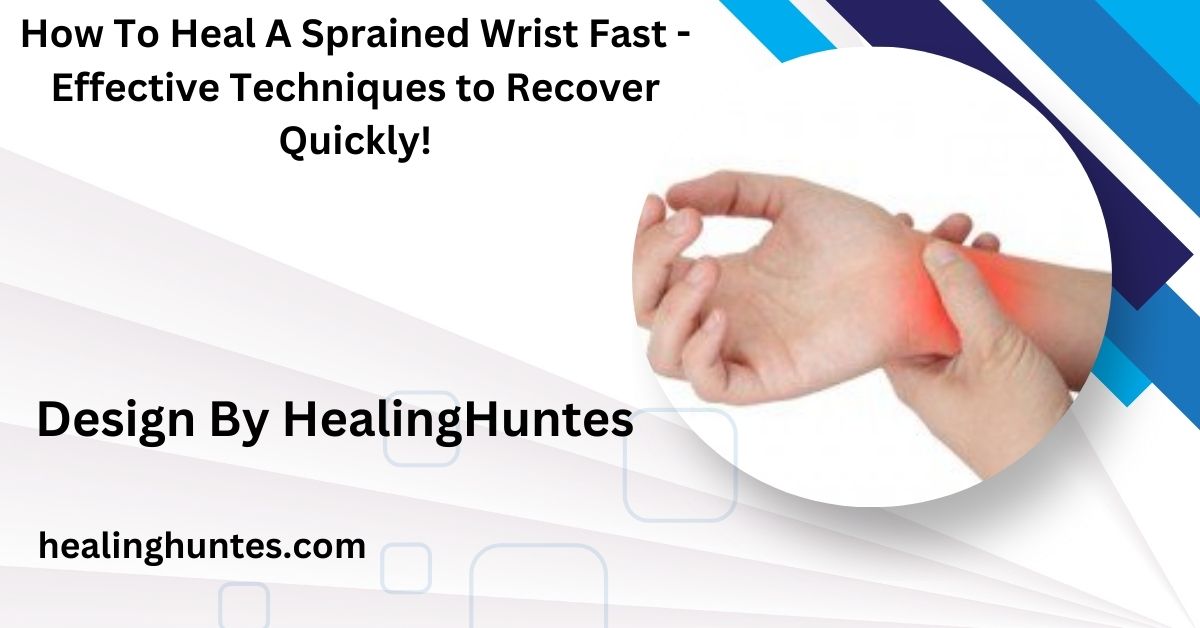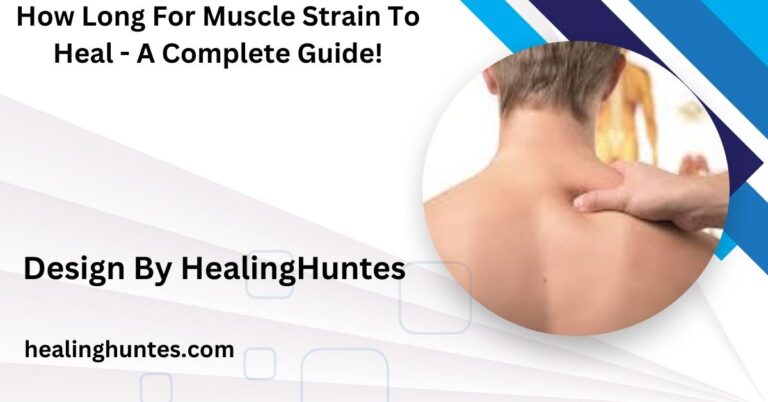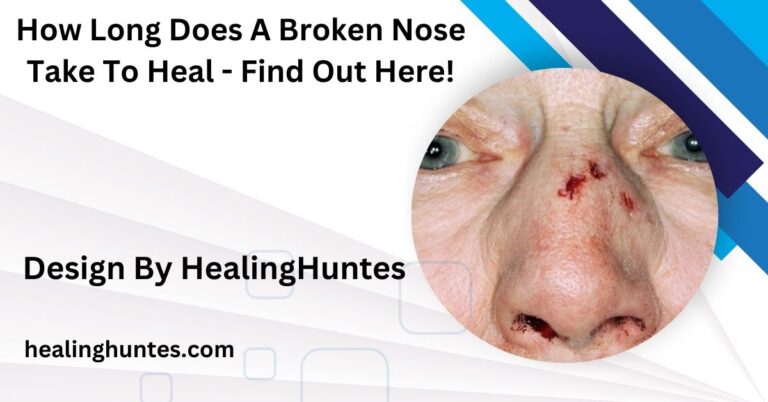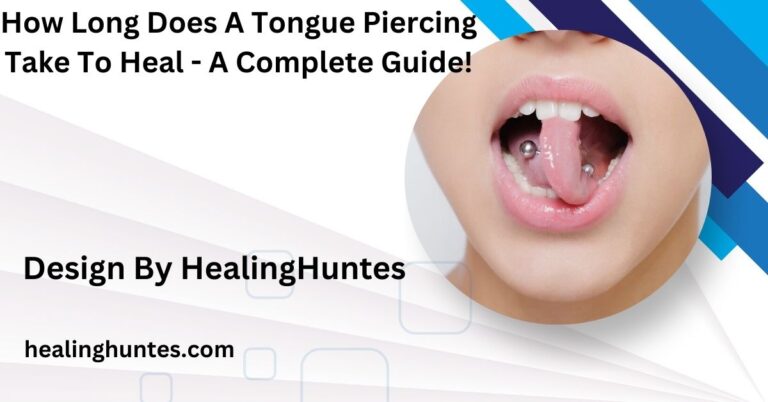How To Heal A Sprained Wrist Fast – Effective Techniques to Recover Quickly!
To heal a sprained wrist fast, use the R.I.C.E method initially, manage pain with ice and medication, and gradually incorporate physical therapy. This approach promotes recovery and minimizes complications.
This article explores effective ways to speed up the healing process, reduce pain, and regain mobility in a short time.
Understanding Wrist Sprains: Causes and Symptoms

A wrist sprain occurs when the ligaments, which connect bones in the wrist, are stretched or torn. Common causes include falls, sudden twists, or forceful impacts on the wrist. Typical symptoms include pain, swelling, bruising, and limited motion. Recognizing these symptoms early is crucial to start treatment promptly and minimize the risk of further injury.
First Steps After a Wrist Sprain: Immediate Actions:
Taking immediate steps after a wrist injury can significantly influence the healing process. Follow the R.I.C.E method:
- Rest: Avoid using the injured wrist to prevent further strain.
- Ice: Apply ice packs for 15-20 minutes every 2-3 hours during the first 48 hours.
- Compression: Use an elastic bandage to reduce swelling.
- Elevation: Keep the wrist elevated above heart level to minimize swelling.
These steps reduce inflammation and help manage pain in the early stages of the injury.
Also Read: How To Heal Cracked Lip Corners Fast – Here’s What You Need to Know!
Pain Management Techniques:
Pain is a common symptom of wrist sprains. Besides using ice, over-the-counter pain relievers like ibuprofen or acetaminophen can alleviate discomfort. Be cautious with dosages and consult a healthcare provider if pain persists beyond a few days. Natural remedies, such as turmeric and ginger, may also reduce pain due to their anti-inflammatory properties.
Physical Therapy for Faster Recovery:

After initial rest, engaging in light exercises can improve wrist mobility and strength. Start with gentle range-of-motion exercises like wrist circles and flexing, as they promote blood flow and prevent stiffness. Gradually incorporate wrist-strengthening exercises using resistance bands or small weights as the pain decreases. However, avoid any movements that cause sharp pain, as these can worsen the injury.
Using Supportive Braces and Tapes:
Wrist braces and athletic tapes stabilize the joint, reduce pain, and protect the wrist during daily tasks. These supports are particularly helpful for people who can’t completely rest the wrist due to work or other commitments. Wrist braces are available in various styles, with some offering adjustable compression for personalized support.
Also Read: How To Heal Sun Poisoning – Quick Treatments and When to See a Doctor!
Diet and Supplements for Healing:
Nutrition plays a vital role in ligament repair. Ensure your diet includes foods rich in:
- Vitamin C: Boosts collagen production for ligament healing (e.g., citrus fruits, bell peppers).
- Protein: Essential for tissue repair (e.g., lean meat, eggs, legumes).
- Zinc: Supports cellular repair and immune function (e.g., nuts, seeds, whole grains).
Supplements like glucosamine and chondroitin sulfate are also known to improve joint health, aiding recovery in wrist sprains. Consult your doctor before starting any supplement.
Massage Therapy for Enhanced Blood Flow:

Massaging the area around the wrist gently can help improve blood circulation, which is essential for tissue repair. Light circular motions around the wrist with warm oil, like olive or coconut oil, can alleviate stiffness and promote relaxation. Avoid applying too much pressure, as this may aggravate the injury.
Avoiding Activities that Strain the Wrist:
While recovering, it’s vital to avoid activities that can worsen the injury. This includes lifting heavy objects, performing sudden twisting motions, or engaging in sports that put pressure on the wrist. Gradual return to daily tasks is important, as overuse can delay the healing process or cause reinjury.
When to Seek Medical Assistance:
If pain, swelling, or limited movement persists for more than a week, or if the wrist looks deformed, consult a healthcare provider. A doctor may recommend imaging tests like an X-ray or MRI to rule out fractures or severe ligament injuries. Severe cases might require immobilization or even minor surgery to promote proper healing.
Also Read: Is It True That Your Mouth Heals Faster – Faster Mouth Recovery!
Long-Term Care and Prevention of Wrist Injuries:
Once the wrist has healed, implementing preventive measures can reduce the likelihood of future sprains. Some helpful tips include:
- Strengthening exercises: Build wrist and forearm muscles for better joint stability.
- Proper form: Use correct technique when lifting weights or playing sports.
- Protective gear: Wear wrist guards in high-risk activities, like skating or snowboarding.
These preventative steps ensure that your wrist remains strong and resilient against potential injuries.
FAQ’s
1. How long does it take for a sprained wrist to heal?
Mild sprains can heal within 2-3 weeks, while severe sprains may take up to 6 weeks or longer.
2. Can I exercise with a sprained wrist?
Avoid strenuous exercises initially; start with gentle wrist stretches as pain allows to prevent stiffness.
3. Is heat helpful for a sprained wrist?
Heat can be beneficial after 48 hours to reduce stiffness, but it’s best to use ice in the first days to minimize swelling.
4. What foods aid ligament healing?
Foods rich in protein, vitamin C, and zinc, like eggs, citrus fruits, and seeds, promote ligament repair.
5. Do I need a brace for a sprained wrist?
A brace provides stability and support, especially if you need to use the wrist during recovery.
Conclusion
Healing a sprained wrist quickly requires a combination of immediate care, gradual rehabilitation, and preventative measures. By following the R.I.C.E method in the initial stages, managing pain with appropriate treatments, and incorporating gentle exercises, you can support a swift recovery. Consuming a nutrient-rich diet, using supportive braces, and avoiding activities that strain the wrist are also essential steps.






